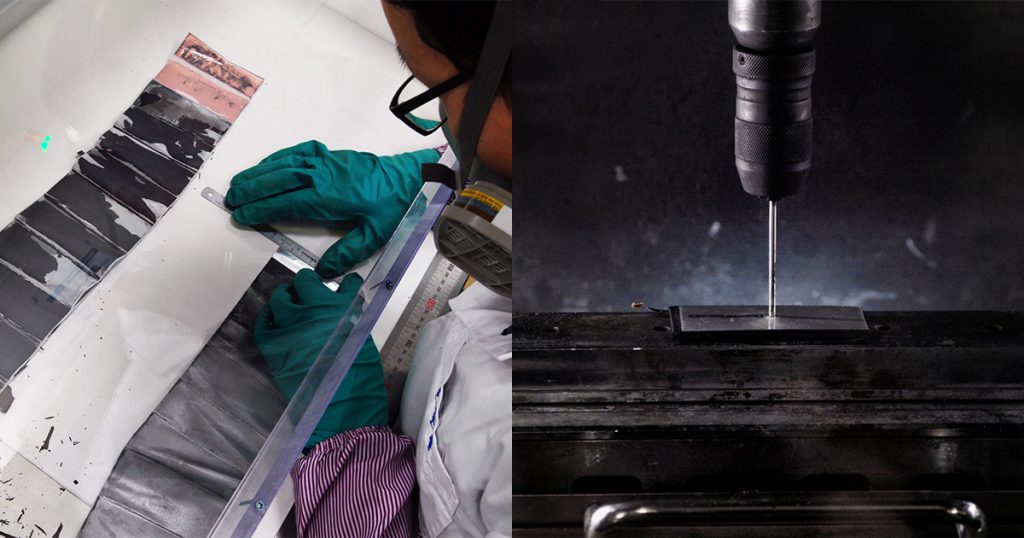The Samsung Galaxy Note 7 has finally received the closure it needed.
Since its announcement in August 2016, and subsequently, its launch in the following month, it was the year’s most highly anticipated Android phone, and was expected to deliver the knockout punch to the iPhone.

The Note line was all about stability and power, productivity and battery stamina. I was fortunate to be one of the first few in Singapore to have gotten a hold of one, and brought it with me all the way to South Korea – and I loved it.
As luck would have it, shortly after I came back to Singapore came all the bad news.
First came reports that Note 7s worldwide were combusting, causing Samsung to swiftly roll out an exchange program. Soon, even the exchanged phones continued to burst into flames, and this prompted multiple airline bans by carriers globally.
By the middle of October, Samsung officially halted all production of the Note 7 forever.
The Samsung Galaxy Note 7’s Post-Mortem

After many months of speculation by insiders and the tech community (and even a recent report leak), Samsung has lifted the veil of secrecy after months of testing to find out what went wrong with the Galaxy Note 7.
The reason? Its battery.

To be specific, two flaws which were found in the battery.
Samsung also determined that “nothing was wrong with the phone itself” after extensive testing to its other features such as the USB Type-C port, Iris scanner, while also testing the phone both wired and wirelessly.

According to Recode, Samsung had some 700 dedicated staff testing 200,000 phones and 30,000 additional batteries. They had also initiated three independent firms, UL, Exponent, and TUV Rheinland to test the phone, and these companies had also validated Samsung’s findings.
So what went wrong in the battery?
Here’s an infographic which Samsung released to explain what happened in detail.

Essentially, it’s because of two things, and each problem is specific to batteries before and after the initial recall.
The batteries at launch had a design flaw that was causing the battery to short circuit within itself.
The second batch of batteries which were found in replacement phones had welding errors that caused a short circuit which introduced melted copper in them. Additionally, it was also found that batteries in the second batch were missing an insulation layer.

Head of Samsung Mobile DJ Koh told Techcrunch that Samsung takes full responsibility for everything that has happened, and have since put in place safeguards to ensure product safety in future releases through a broad range of internal processes that include a “eight-point safety check” on top of a rigorous 2-week stress test of continuous phone usage.
It is also Samsung’s intention to share their findings so that all manufacturers will be able to learn from it, because the safety of all consumers is paramount.
With the release of the Samsung Galaxy S8 on the horizon, the full closure of the entire Note 7 saga comes as timely salvation to hopefully bring an end to all the speculations that have plagued the South Korean company.
Speaking of the Galaxy S8, it will unfortunately not be announced at the coming Mobile World Congress at the end of February in Barcelona, a global mobile event which Samsung has traditionally used for the announcement of the latest Galaxy S line.














